What Are the Early Signs of Glaucoma?
05-11-2024
Glaucoma is one of the leading causes of vision loss worldwide, affecting millions of people each year. This eye disease often progresses silently, causing damage to the optic nerve, which transmits visual information to the brain. Since early detection is crucial to managing glaucoma, recognizing its warning signs can help preserve your vision. In this article, we’ll explore the early signs of glaucoma, why regular eye exams are essential, and how our Edmonton optometrists can help protect your eye health.
Understanding Glaucoma: A Silent Thief
Glaucoma is often referred to as the “silent thief of sight” because it usually develops without noticeable symptoms in its early stages. The condition is most commonly associated with elevated intraocular pressure (IOP), although normal-pressure glaucoma also exists. As pressure increases in the eye, it gradually damages the optic nerve, leading to irreversible vision loss if left untreated. Our optometrists in Edmonton can perform comprehensive eye exams to detect changes in your eye health that may indicate glaucoma. Early diagnosis and treatment are essential in managing the disease effectively and preserving your quality of life.Types of Glaucoma
There are several types of glaucoma, but the two most common are open-angle glaucoma and angle-closure glaucoma. Each type presents different symptoms and risk factors:- This is the most common form, where fluid drainage in the eye becomes less efficient over time, leading to gradual pressure buildup. It typically progresses slowly, which is why it often goes undetected until significant vision loss occurs.
- Less common but more urgent, angle-closure glaucoma happens when the drainage angle in the eye becomes completely blocked. This can lead to a sudden spike in eye pressure and is considered a medical emergency.
Early Signs of Glaucoma
The initial signs of glaucoma can be subtle, and symptoms may not appear until the disease has progressed. However, understanding these early warning signs can help you recognize potential issues early on.- One of the most common early signs of glaucoma, especially in open-angle glaucoma, is a gradual loss of peripheral (side) vision. This symptom is typically subtle and might go unnoticed as the brain often compensates by filling in the gaps. Many patients only realize there is an issue once significant vision loss has occurred. Regular eye exams with an optometrist in Edmonton can help catch peripheral vision loss before it becomes severe.
- Eye pain isn’t usually associated with open-angle glaucoma, but it can be a symptom of angle-closure glaucoma. This form of glaucoma often presents as a sudden onset of intense eye pain. The discomfort can feel like an intense, aching pressure around or inside the eye and may be accompanied by other symptoms like headaches or nausea. If you experience sudden, severe eye pain, seek immediate help from an Edmonton eye doctor.
- Blurred or hazy vision can be a warning sign of glaucoma, particularly in the case of angle-closure glaucoma. In its early stages, the blurriness may come and go, making it easy to dismiss. However, if you notice frequent episodes of blurred vision or trouble focusing, it’s essential to see an Edmonton optometrist for a comprehensive eye exam.
- People with glaucoma sometimes see halos around lights, particularly at night. These halos can appear as circular rings or glow around bright light sources, such as headlights or street lamps. This symptom is often due to elevated eye pressure, which affects the way light enters the eye. Seeing halos is especially common in angle-closure glaucoma, where the pressure buildup happens quickly.
- Red eyes are often a sign of irritation or fatigue, but they can also be associated with glaucoma. Eye redness may indicate increased pressure within the eye or inflammation related to glaucoma. If you experience persistent redness, it’s advisable to visit an optometrist in Edmonton to determine the cause and receive appropriate treatment.
- In cases of angle-closure glaucoma, increased eye pressure can lead to symptoms beyond the eye itself, such as nausea or vomiting. These symptoms often accompany intense eye pain and indicate a severe pressure spike that needs immediate medical attention. If you experience these symptoms, visit an Edmonton eye doctor as soon as possible to prevent permanent damage to your vision.
- While tunnel vision is usually a sign of advanced glaucoma, it can also indicate that the disease has been progressing for some time without treatment. Tunnel vision refers to a loss of peripheral vision, where only a small, central area of sight remains. This occurs when the optic nerve is significantly damaged, making it essential to consult an optometrist in Edmonton for regular exams to catch any issues before they reach this stage.
Who Is at Risk for Glaucoma?
Some individuals are at a higher risk for developing glaucoma, making regular eye exams even more important. Risk factors include:- People over the age of 60 are at higher risk, though African American individuals are at increased risk starting at age 40.
- Having a family member with glaucoma increases your chances of developing the disease.
- Conditions such as diabetes, high blood pressure, and heart disease can increase glaucoma risk.
- Past eye injuries can make you more susceptible to glaucoma later in life.
- Long-term use of corticosteroids can increase eye pressure, raising the risk of glaucoma.
The Importance of Regular Eye Exams for Glaucoma Detection
One of the most effective ways to detect glaucoma early is through regular, comprehensive eye exams. During an eye exam, your Edmonton eye doctor will perform several tests to assess the pressure in your eyes, inspect your optic nerve, and evaluate your peripheral vision. Key Tests for Glaucoma Detection- Measures intraocular pressure to detect elevated eye pressure.
- Examines the optic nerve for signs of damage.
- Evaluates your peripheral vision to detect blind spots.
- Measures the thickness of your cornea, as thicker or thinner corneas can affect pressure readings.
Treatment Options for Glaucoma
While glaucoma cannot be cured, various treatments are available to manage the condition and slow its progression. Treatment options include:- Often the first line of treatment, these drops help reduce eye pressure.
- In cases where eye drops aren’t sufficient, oral medications may be prescribed.
- Laser therapy can improve fluid drainage and reduce pressure.
- In advanced cases, surgery may be required to create a new drainage channel.
How our Edmonton Optometrists Can Help
If you’re concerned about glaucoma or are at risk due to age, family history, or other factors, seeing an optometrist in Edmonton regularly can help protect your vision. A comprehensive eye exam is your best defence against glaucoma, providing early detection and the opportunity for timely treatment. Your Edmonton optometrist can tailor a care plan to your needs, ensuring you receive the best possible support for your eye health.Take Action: Schedule an Eye Exam Today
Glaucoma is a serious eye disease that requires early detection and proactive management. Don’t wait until symptoms appear; by the time you notice vision loss, the damage may be irreversible. Contact your Edmonton eye doctor to schedule a comprehensive eye exam and protect your vision. In summary, staying vigilant about the early signs of glaucoma—such as peripheral vision loss, eye pain, blurred vision, and halos—can make a significant difference in your long-term eye health. Take control of your vision by staying informed, understanding your risk factors, and maintaining regular eye exams with a trusted optometrist in Edmonton. Schedule An AppointmentFYEyes Blog Posts

Glaucoma - Symptoms, Causes and Treatment
Glaucoma is a group of eye conditions that damage the optic nerve, which is crucial for good vision.

Steps To Prevent Vision Loss From Glaucoma
Strategies to reduce the likelihood of developing glaucoma.
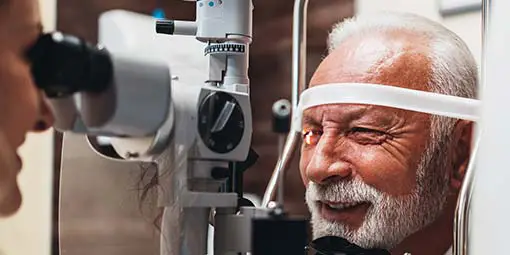
The Importance of Senior Eye Care and Annual Eye Exams
A clear future depends on eye care and annual eye exams.
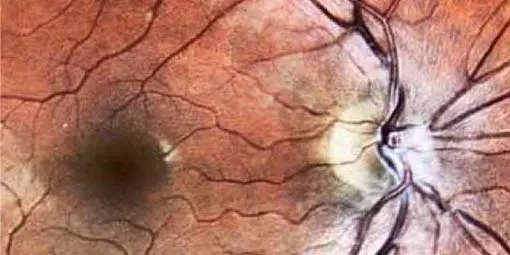
Fundus Photography vs. Wide Angle Retinal Photography
Fundus photography and wide-angle retinal photography are different diagnostic eye care scans. Learn how they differ.
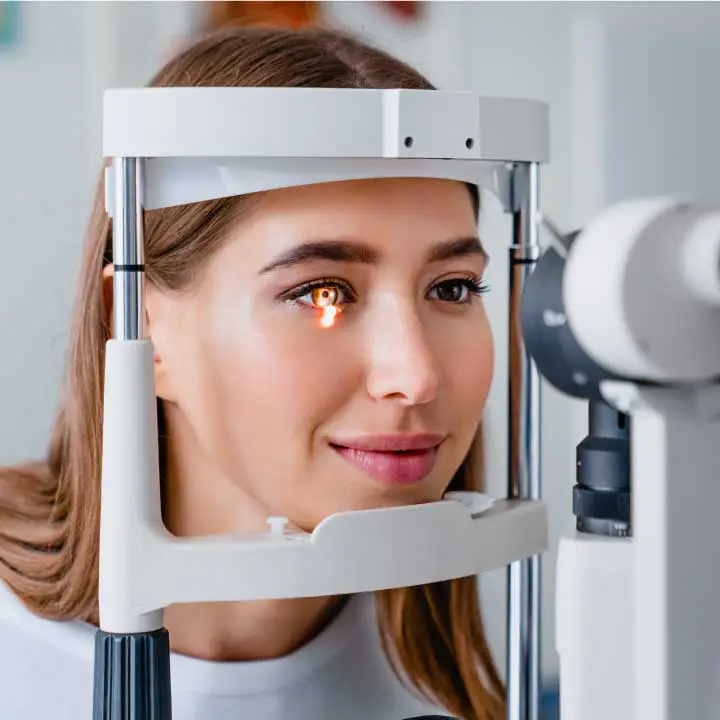
Adult Eye Exams
Our advanced eye exams consist of 25+ modern tests and digital scans to assess eye health, function, and visual acuity.

Child Eye Exams
Give your child a clear future with an annual eye exam from our experienced Edmonton optometrists.

Senior Eye Exams
Maintain your vision through your golden years with gold standard eye care from the optometrists at our Edmonton eye clinic.
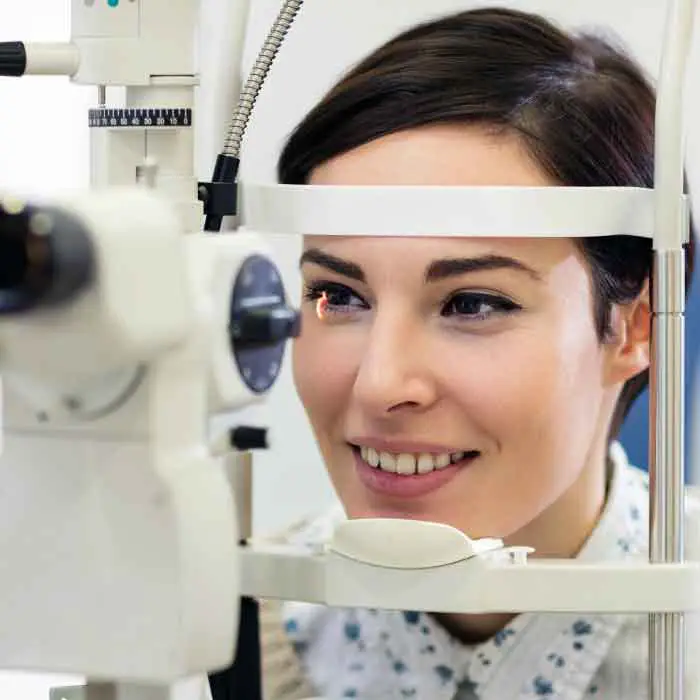
Contact Lens Eye Exams
Our eye exams for contact lens wearers include test and digital scans to assess eye health, function, visual acuity, and lens fit.

Diabetic Eye Exams
Managing diabetes requires regular eye exams to ensure that diabetes is not causing irreversible vision loss.
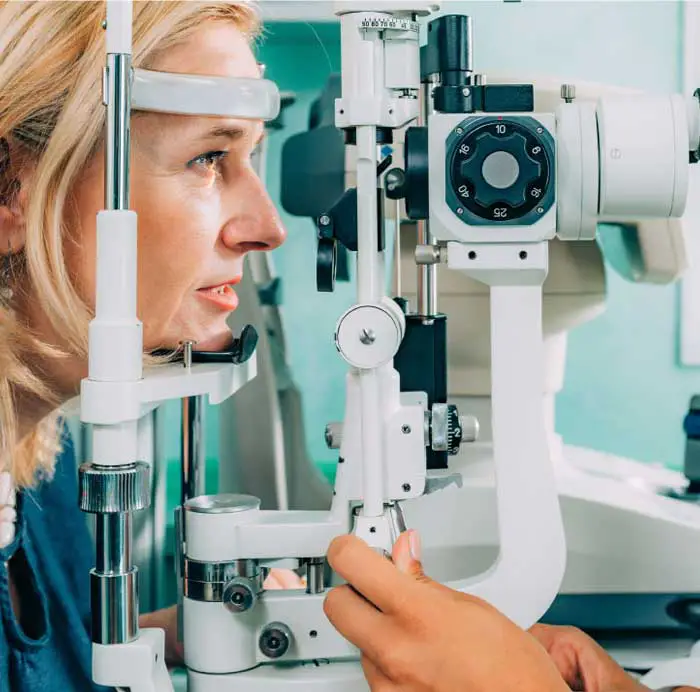
Dilated Eye Exams
Dilating the eyes enables our Edmonton optometrists to see more of the eye so that you many never see less.
Our Edmonton Eye Exams Are Comprised Of 4 Phases Of Evaluation
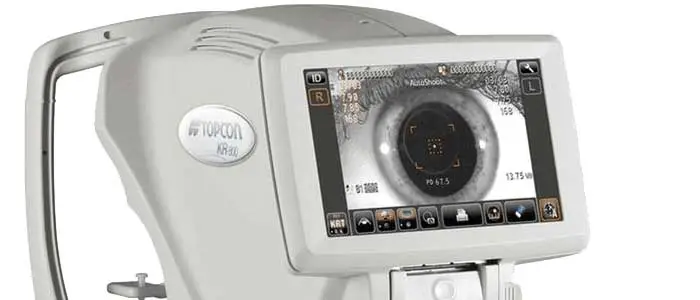
1. Eye Exam Pre-Testing
Corneal Thickness | Intraocular Pressures | Visual Field
Pre-testing is a detailed process that gathers all necessary information for the optometrist in advance of the optometrist-administered eye examination. This process involves completing a detailed patient history, as well as a series of standard tests. Pre-testing is an essential part of the comprehensive eye exam process, providing valuable information and visuals for both the optometrist and the patient.
More About Pre-Testing »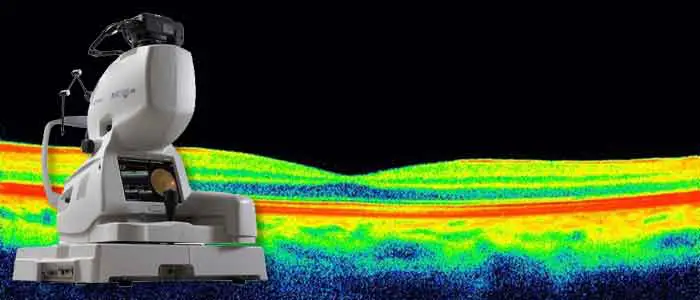
2. Advanced Diagnostic Testing
Retinal Photography, OCT, Topography
eye-deology Vision Care differentiates itself from other clinics by having the most advanced modern diagnostic specialty testing equipment. Specialty equipment, such as a wide-angle high-resolution retinal imager, Optical Coherence Tomography (OCT), Humphrey Visual Field Analyzer and corneal topographer, ensures that patients receive the best comprehensive eye care.
More About Advanced Testing »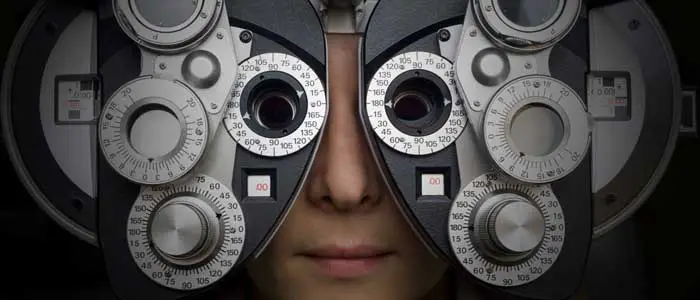
3. Optometrist Examination
Health Assessment & Disease Diagnosis
eye-deology Vision Care Edmonton optometrists perform a multitude of tests and assessments to evaluate ocular health, eye coordination, and visual acuity. In addition, they also evaluate the results of the tests and scans performed during pre-testing. As part of patient education, our optometrists also take the time to show and explain results to patients.
More About Doctor Exam »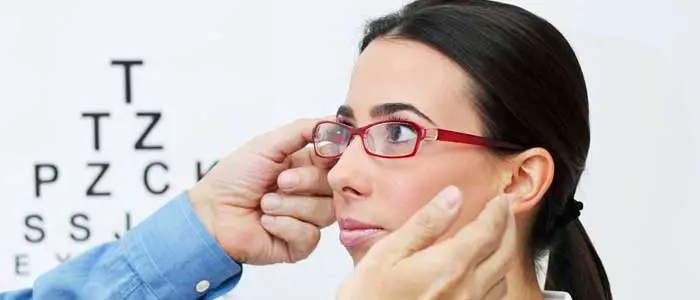
4. Eye Glass Consult
Prescription | Lens Selection | Digital Fitting
If you require corrective lenses to improve your vision, our licensed opticians will customize their fit to your unique attributes, needs, lifestyle, and budget. Our opticians are happy to provide you with information about the latest eyeglass frame and lens technologies available so you can make informed decisions and begin seeing and looking your best.
More About Eyewear Consult »